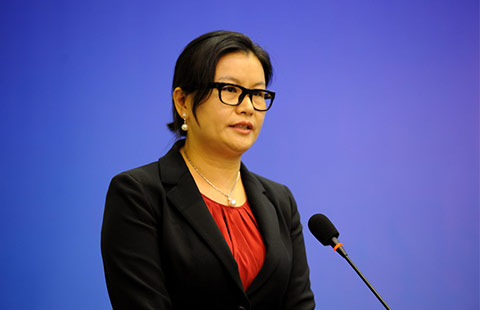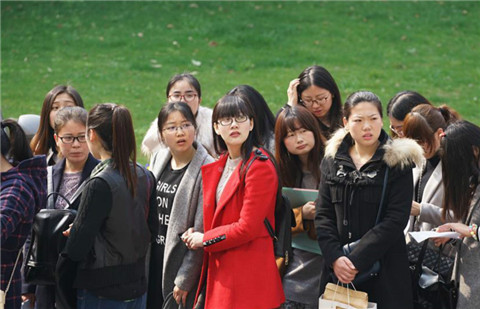NPC presents a promising future of China
By Wu Jiangang (chinadaily.com.cn) Updated: 2016-03-07 14:20We need to see whether the new five-year plan can reduce such worries.
China's five-year plan has mobilized many talents and resources in center and local government and is widely discussed. It is China's vision for itself to manage the transition from an investment-driven economy into one that's more dependent on services and consumption and at the same time avoid systemic risks.
In order to build a moderately prosperous society in 2020, the plan sets the economic growth target as between 6.5 and 7 percent, which is comparably high, since China's GDP scale has been great and every one percentage point of growth is not easy. With such a growth rate, China's GDP in 2020 will be doubled compared with that of 2010 and 40 percent bigger than 2015. Considering that the Per capita GDP of China is only $7,616 in 2015 and compared with $54,306 of the United States it is relatively small, the target is not really impracticable.
We may wonder how the government can reach the goal. The government has announced that the M2 growth rate will be controlled around 13 percent, which may reduce the worry that further stimulus plans may cause loss of control on currency.
The government is trying to digest the side effects accumulated in many years' fast growth. It is understandable that to embrace the free market is one great thing but to hold the ground comes first.
The people in the country are still not rich and they are working hard to realize their dreams. With fast growth in technology and easing of rules that hinder creativity of its people, the target seems appropriate, though the premise is to continue the free market policies.
The author is a lecturer at the Management School of the Shanghai University and a research fellow at the China Europe International Business School Lujiazui International Finance Research Center.
- Media digest on the 2016 Work Report
- CEOs at two sessions
- China outlines supply-side structural reform plan
- Small firms raise 26.47b yuan on New Third Board
- Govt encourages agricultural companies to invest in Russia's Far East
- China to revise individual income tax
- Geely, Corun cooperate for new energy car technology
- Committee to help HK entrepreneurs start business on mainland
















